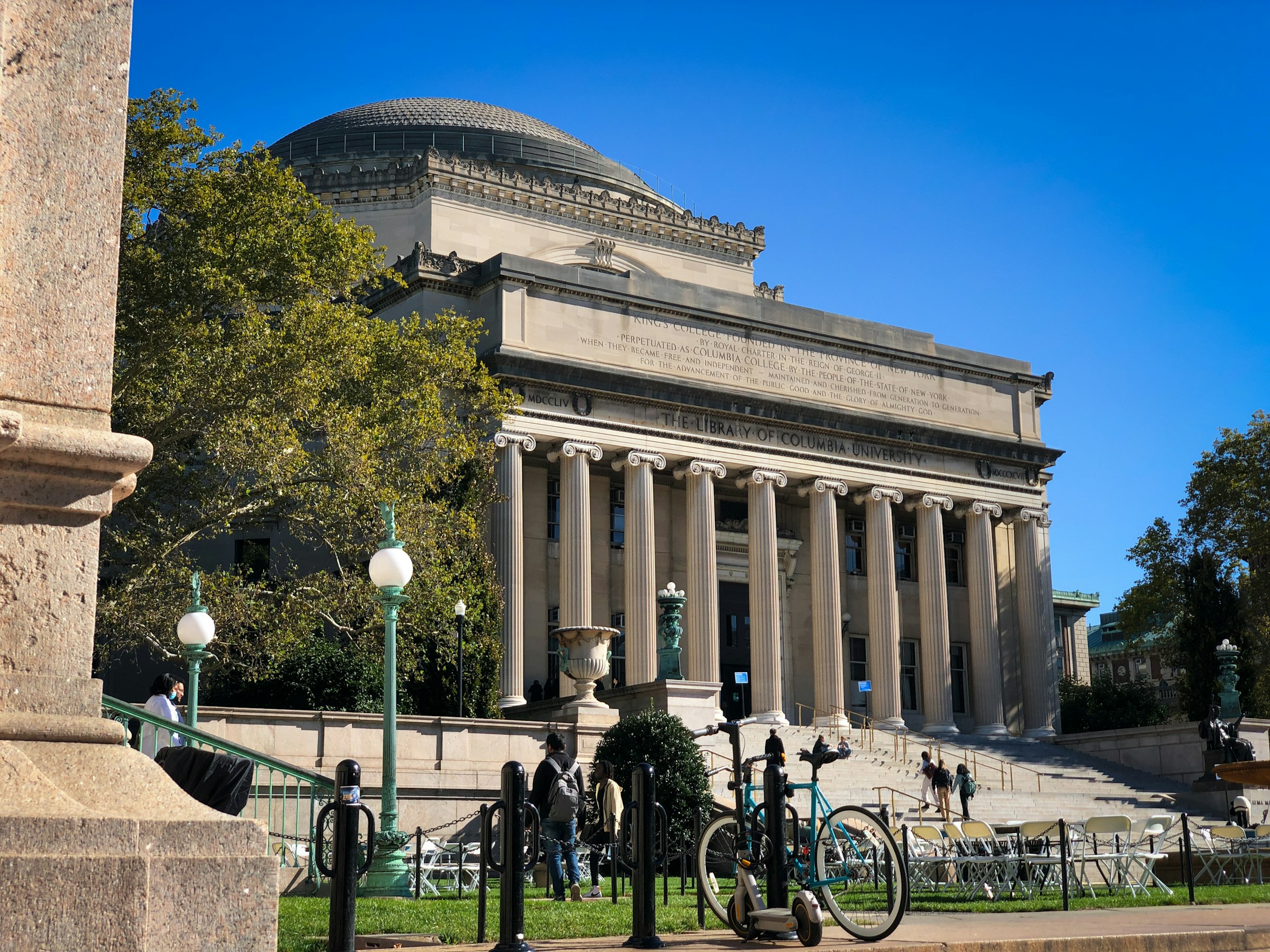What initially looked like a punitive budget cut to Columbia University has now taken on broader significance. On Wednesday, the Ivy League institution agreed to pay over US$200 million to the US federal government, prompting the partial restoration of its suspended federal funding. But this was no ordinary compliance resolution. The move followed months of heightened scrutiny by the Trump administration, which returned to office in January 2025 with a sharpened focus on what it calls "ideological overreach" by academic institutions.
The March decision to freeze $400 million in federal grants—citing Columbia’s insufficient response to pro-Palestinian campus protests and allegations of antisemitism—was framed as a disciplinary measure. This week's reversal, while positioned as a settlement, reads more like a conditioned reinstatement. It signals an emergent strategy: federal funding is no longer just a tool for academic support—it is now a channel for ideological enforcement.
At the core of this episode is a redrawing of the traditional boundary between academic independence and federal oversight. The Trump administration’s initial move to cancel US$400 million in federal support sent a jarring signal to the higher education sector. The stated rationale—that Columbia failed to adequately protect Jewish and Israeli members of its community during last year’s campus protests—was legally framed but politically charged.
What followed was a coordinated investigation, not just into campus conduct, but into Columbia’s broader administrative processes. This was not a routine Title VI civil rights review. It was an inquiry that leveraged procedural scrutiny as a channel for policy signaling. With the $200 million settlement now in place, the administration has reclaimed the optics of accountability while simultaneously retaining leverage over remaining funding disbursements.
This isn’t enforcement. It’s calibration through financial dominance.
The use of financial channels to discipline institutions is not new—but the scale and symbolic targeting of a university like Columbia marks a departure from prior norms. Past administrations have occasionally withheld education funds on procedural grounds (e.g. Title IX compliance or misreported financial aid practices), but such moves were typically case-specific and free from ideological charge.
The current maneuver, by contrast, echoes more the post-9/11 Homeland Security environment, when visa issuances and grant allocations were informally tethered to institutional alignment with national security narratives. What we’re witnessing now is a comparable mechanism—but deployed through the lens of cultural and political identity.
Universities are not just knowledge hubs—they are, in the eyes of policymakers, national identity nodes. In that context, Columbia becomes a high-profile staging ground for a broader institutional deterrence strategy.
The Columbia case has reactivated dormant anxieties across top-tier universities reliant on federal research and development budgets. For institutions like MIT, Stanford, and Yale—each managing endowments above US$30 billion—the immediate liquidity risk is modest. But the capital posture risk is not.
Forward guidance from the Department of Education has remained deliberately ambiguous. The message is less about compliance checklists and more about interpretive posture. "How your institution signals inclusivity, neutrality, and responsiveness" now becomes a soft condition for access to federal capital.
Already, legal departments at several universities have accelerated internal audits of protest-related disciplinary procedures. Others are reworking DEI messaging, not for internal alignment, but to meet an evolving and less formally articulated federal acceptability threshold. This marks a subtle but critical reallocation of institutional risk: from budget compliance to ideological posture management.
The question is no longer just: “Are we following the rules?” It is now: “Are we being watched—and are we demonstrating alignment?”
Some asset managers and sovereign-linked funds have interpreted this development through a conventional ESG lens—divesting from politically exposed institutions or reducing allocations to university-linked municipal bond structures. But this is a misread.
What’s happening isn’t a discrediting of Columbia as an asset class. It’s a recalibration of what compliance signaling now means in a polarized federal context. The settlement amount is significant, but for a university with a US$13 billion endowment, it’s not debilitating. The deeper cost is reputational optionality.
Once a university becomes the emblem of ideological defiance—or compliance—the market begins to price it not on credit risk, but on signaling volatility. Private donations may rise or fall based on perceived “bravery” or “capitulation.” Federal disbursement becomes not just a funding pipeline but a barometer of political risk premium.
In this emerging terrain, “neutrality” is not just a cultural stance—it is a liquidity strategy.
The Columbia settlement is less about redress and more about precedence. This is a test case in converting ideological contestation into budgetary leverage. If successful, it creates a replicable enforcement model where funding becomes conditional not only on procedural adequacy but on narrative alignment.
For institutional investors and sovereign allocators, the signal is clear: US-based knowledge institutions are entering a phase of conditional autonomy. Federal support will increasingly be tethered to demonstrated alignment with executive branch narratives—especially in matters of identity, speech, and campus activism.
The university funding ecosystem, long treated as apolitical and meritocratic, now requires a new kind of risk lens. Not just fiscal resilience, but compliance ambiguity. Not just governance, but narrative sensitivity.
This isn’t just a university settlement. It’s a policy test balloon—quietly redefining the boundary between federal reach and institutional independence. And markets are already adjusting.








.jpg&w=3840&q=75)
-1.jpg&w=3840&q=75)




